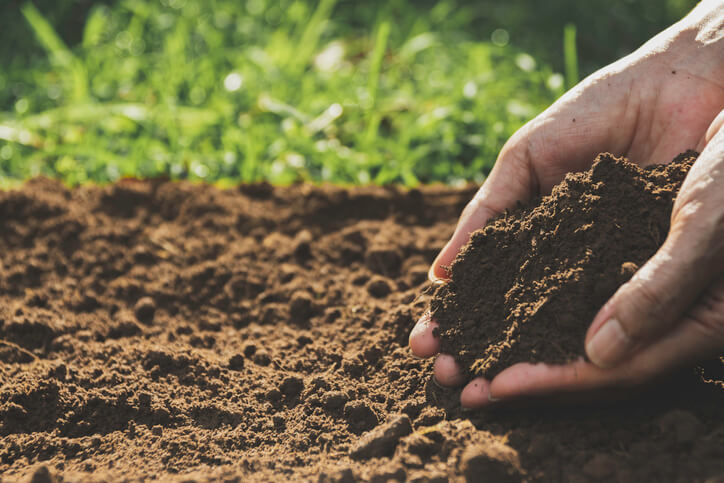When was the last time you looked down and studied your yard or community common space? If you are like most homeowners, you likely notice when your lawn is getting parched or if there are pests causing damage. However, you probably don’t inspect the composition of your soil or ask for regular chemical analyses of your yard.
While you need not become a full-time chemist, there is a good reason why you should start to pay more attention to the ground on which your home sits. Your yard can be home to hidden contaminants that can threaten your health and that of your family.
Dangers That Lie Below the Surface of Your Soil
Just because you cannot see soil contaminants with the naked eye does not mean they are not there. The Soil Science Society of America notes that urban areas like San Diego are especially prone to soil contamination.
The society has identified the following common soil contaminants:
- Pesticides and weed killers
- Petroleum products like oil and oil-based products
- Lead
- Asbestos
- Chromated copper arsenate
These and other soil contaminants tend to be present more in areas of heavy industrialization, near waste disposal facilities, and in neighborhoods adjacent to roads with heavy vehicle traffic.
Why Paying Attention to Your Yard’s Health Is So Important
Soil is the earth’s kidneys — or so says the Soil Science Society of America. By this, they mean that contaminants that are leaked into the environment can impact your yard and plants first. From there, these contaminants may reach a water supply. If they do, using that water could negatively impact your health.
Therefore, knowing the early signs of soil contamination can help prevent adverse health consequences for you and your loved ones. In an extreme case, it may even prevent the next environmental disaster.
What to Watch for When Inspecting Your Soil
You may not be able to see lead, petroleum products, or industrial chemicals in your yard. However, these and other pollutants often leave telltale signs of their presence. Look out for the following:
Discoloration and Death of Your Yard and Plants
Substances that are toxic to humans are also often toxic to plants. Therefore, one of the most noticeable signs of soil contamination is a change in the appearance of your lawn or the unexplained death of plants in your yard.
If the grass in your yard dies suddenly or its appearance changes in any appreciable way, it may be time to have your soil examined. You should also be aware of new, strange odors that do not have any obvious nontoxic source.
Animals and Humans Becoming Sick
Another sign that your yard may be harboring hidden pollutants is if you, your pets, or your family members begin developing symptoms of exposure to toxins. These symptoms may include headaches, nausea, skin rashes, or a burning sensation in the eyes, nose, or throat.
If symptoms persist for more than a few days, or if they disappear and reappear, speaking with your doctor may help rule out other potential culprits and point the finger at soil contaminants.
Contact Thompson Injury Law for Help and Representation
If you suspect that your soil has been contaminated, you may have a legal right to obtain compensation from the party responsible for the contamination.
Claims for compensation often require an extensive investigation. That’s why having an experienced and dedicated team of environmental law attorneys can make all the difference.
Contact the San Diego, CA, environmental trial attorneys at Thompson Injury Law for further guidance and counsel. Call our office today to schedule a case consultation.


